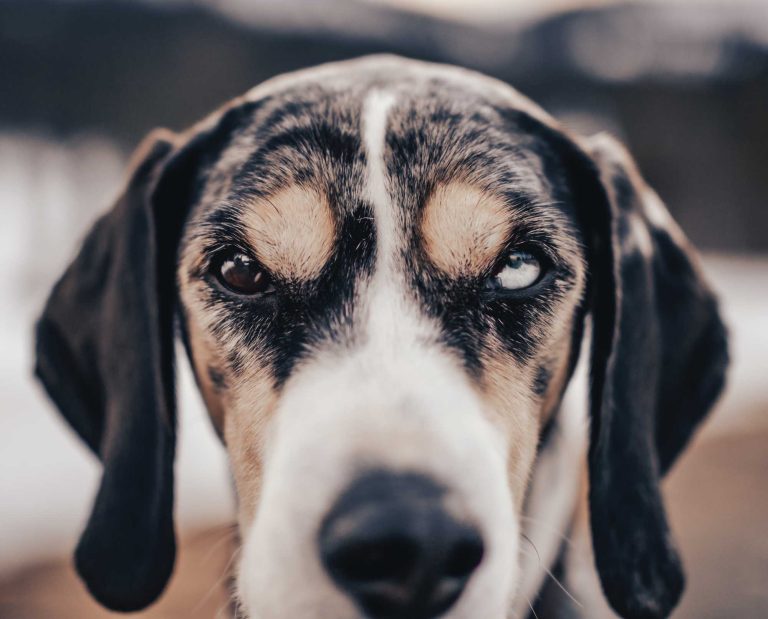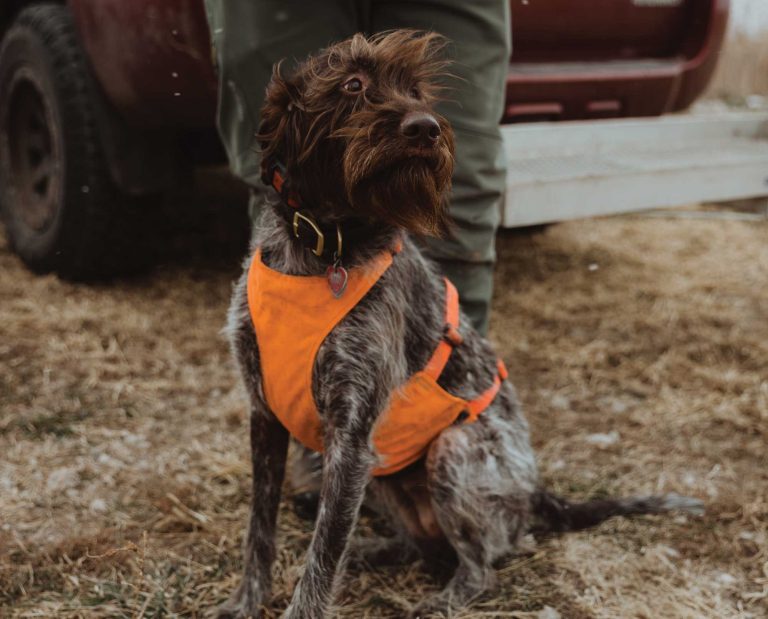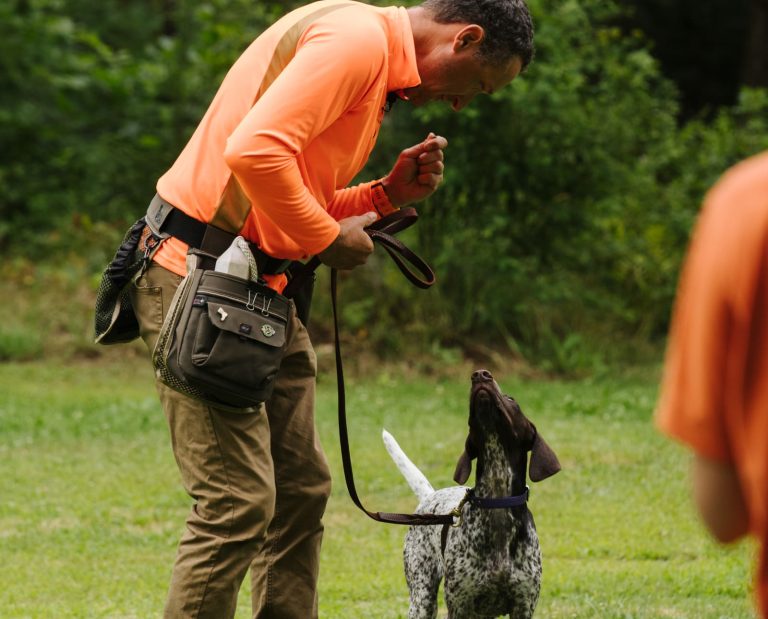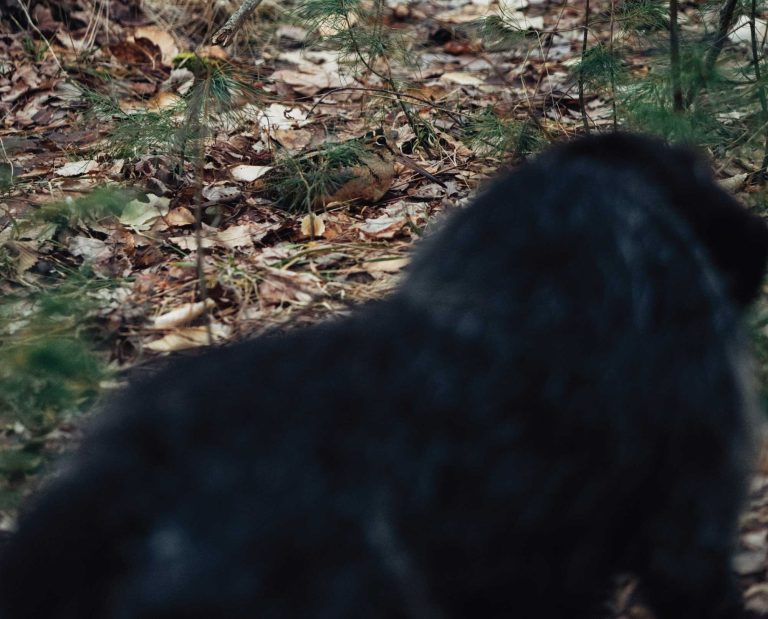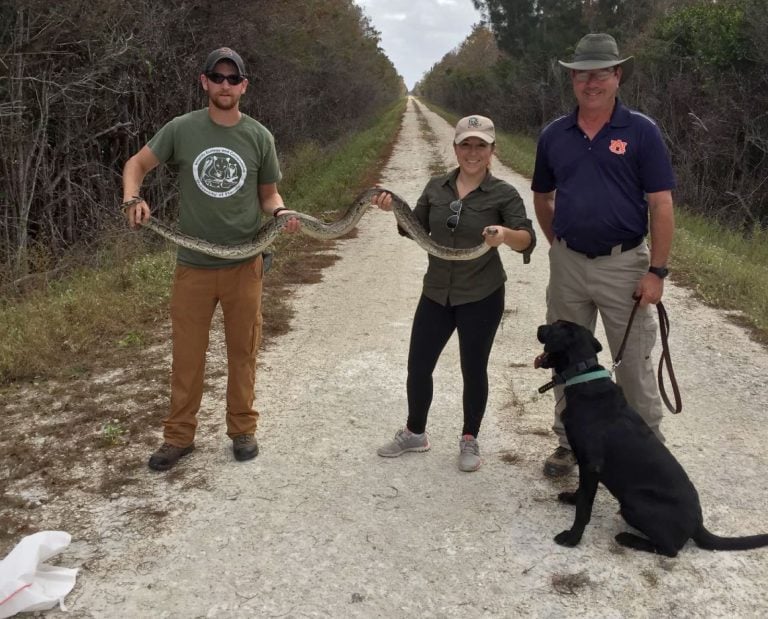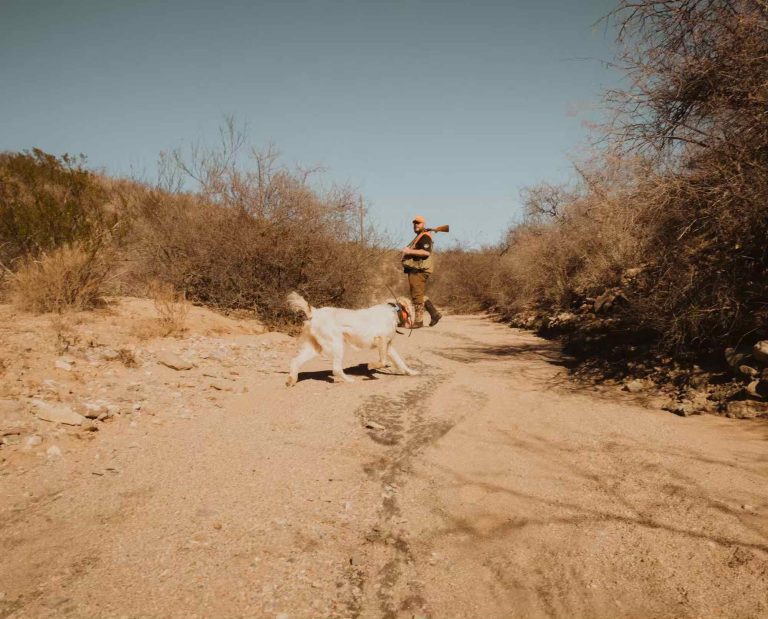Should You Perfect Steady Dog Training?

Is steady training with a pointing dog worth the time and investment?
Dog One is on point. Dog Two hurtles in around a thick tangle of juniper and slams the back, honoring his brace mate. Both hold motionless, except for a barely perceptible quiver of excitement. The hunters arrange themselves for a sweep of shooting lanes on either side of the lead dog. The bird bursts skyward and is taken on the first shot. After a pause that lets the adrenaline settle, Dog One’s handler releases her for the retrieve.
The choreography isn’t quite that perfect most of the time, but when everything works in sync, it’s a win-win for both hunter and dog. The key is steadiness.
I didn’t always train my dogs to be steady for flush, wing, shot, and fall. In fact, I owned my first German Shorthair for a couple of years before I saw what finished dogs can do. My introduction to pointing dogs initially had been over two excellent noses. One was an Pointer named Mike and the other was a Wirehaired Pointing Griffon named Jake. I shot my first quail over Mike hunting at a local preserve. He tore out on the short, raced to the bird, and grabbed it. Then he took it to the woods—and ate it. New to bird hunting, I was surprised, but took it as an acceptable norm.
Fast forward twenty years and countless training clinics later: I can’t imagine not wanting a steady dog.
There is an oft-repeated joke about all this. The bird dog down owner who doesn’t believe in steadiness is the one with a dog flying six fields over in hot pursuit of the bird he busted before being close enough for a shot. The joke isn’t completely fair. There are many fine bird dogs who are not steady to wing, shot, and fall—for good reason. By the way, similar arguments can be made about the “whoa” trained into the moment of a flush, followed by steadiness until release.
The reasons handlers do not finish steady training
Time is the first reason most bird dogs are not steady. Steadiness training is not particularly difficult, but it is time-consuming. This is true whether or not it’s done with a check cord or e-collar, planted birds, or pop traps. Steadiness training requires a lot of patience, practice, and reinforcement. And in most cases, the job is never permanently done.
My 7 year-old Shorthair is technically finished, but that doesn’t stop him from breaking on the shot every year when ruffed grouse opens. He does this, because he can. I usually hunt alone and can’t both watch the dog, the bird, shoot the bird, and correct the dog at the same time. At some point every year, I have to reclaim his steadiness with training drills.
The second argument is connected to the first. Steadiness training takes so much time, because we ask our dogs to do something that goes against their instincts. Bird dog breeders conscientiously select for strong hunting skills like nose and prey drive. In training, we spend half our time developing skills like organizing the search, lengthening the natural pause into a held point, and shifting the retrieve from possession to delivery. The other half we spend suppressing others skills like pouncing on the prey and eating it. Holding steady is unnatural.
Cost is the third reason. Unless you know a farmer with a barn full of pigeons to catch, training birds are expensive.
The fourth reason is often the desire to get the dog on the mark as soon as possible—especially if the bird is crippled and running. The first three arguments against steadiness can’t be refuted, but this one can be. Which dog is more likely to keep its focus on downed game? The dog crashing through brush, or the dog concentrating on the sight of the bird’s descent?
Safety is the biggest reason to have a steady dog
Other benefits are obvious. Steady dogs give shooters time to get in position for a shot. This is hugely important when it comes to hunting grouse in thick woods or working pheasants in a brushy draw. Steady dogs won’t distract a shooter with peripheral movement. In addition, they are less likely to inadvertently flush other quail in a covey when the birds haven’t all flown together. They won’t steal retrieves from other dogs, or worse: risk a dog fight or mangled bird when they both claim the game.
Safety finally wins the argument. We’ve all seen a dog leap in the air after a flushing bird. We don’t want to see that dog’s head in front of the gun barrel. The dog that stays put next to the shooter will not get in the way of shots at low flying birds. Similarly, a steady dog will not be in danger when the action becomes hectic due to multiple shooters or birds flushing at intervals.
Upland bird hunting is a pursuit of a thousand variables that seem to converge in moments of amazing intensity. Taking one of the variables—an uncontrolled bird dog—out of the moment is worth the investment in time and training.




